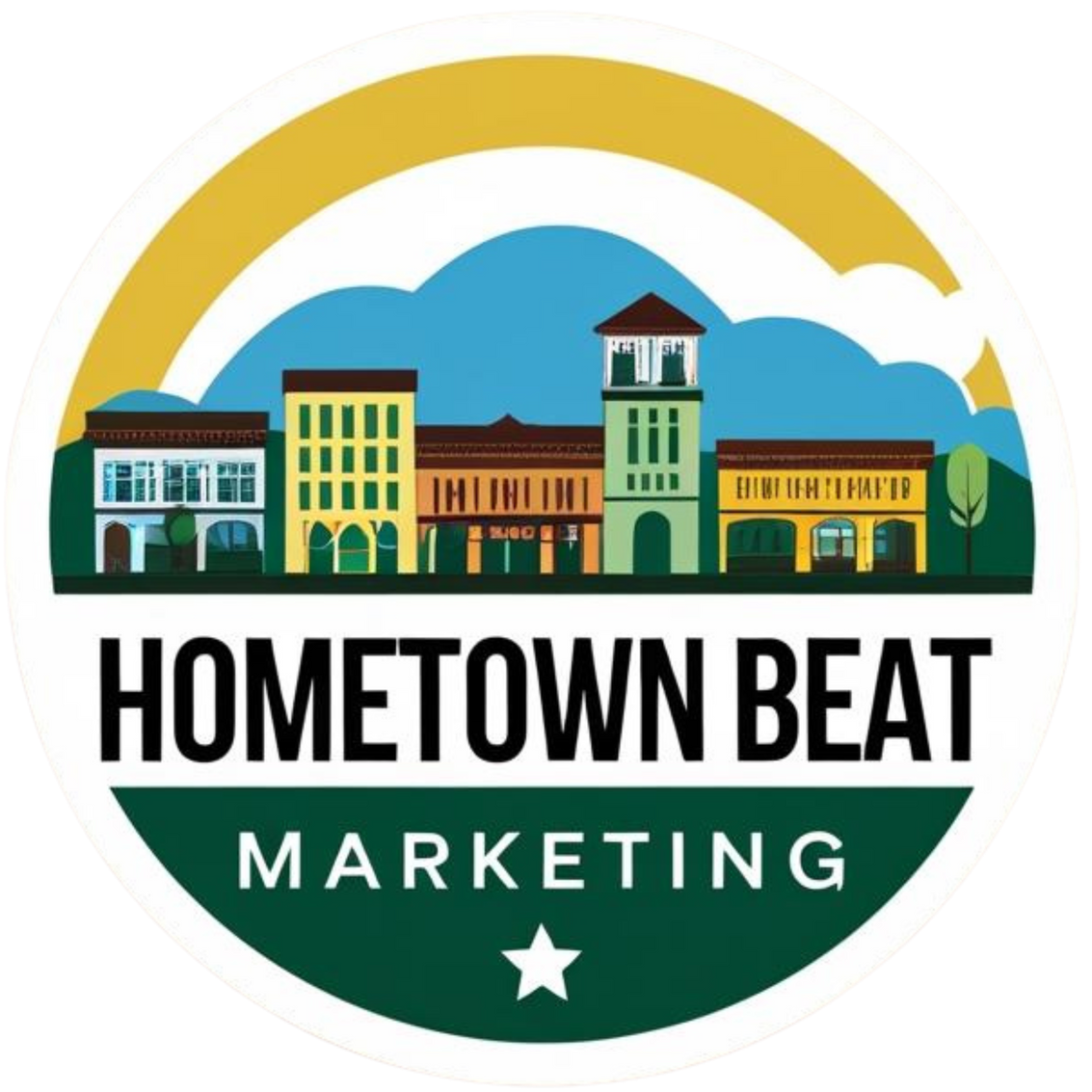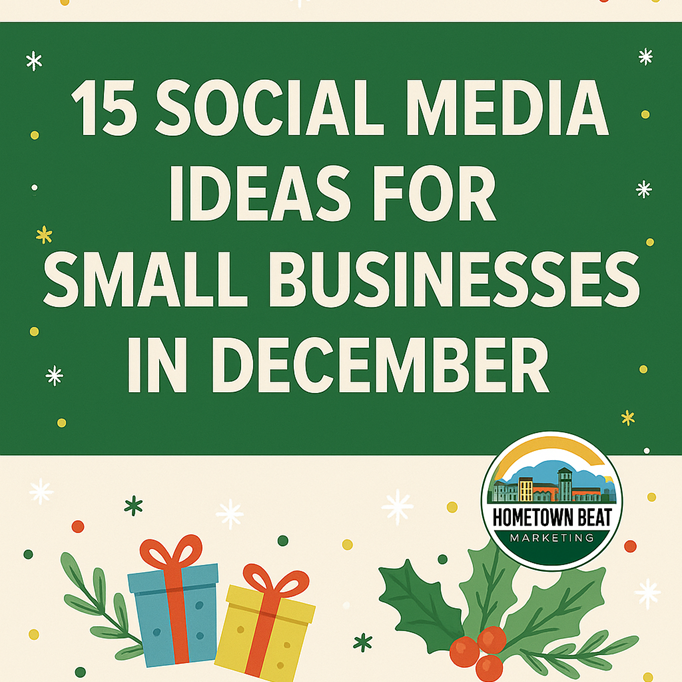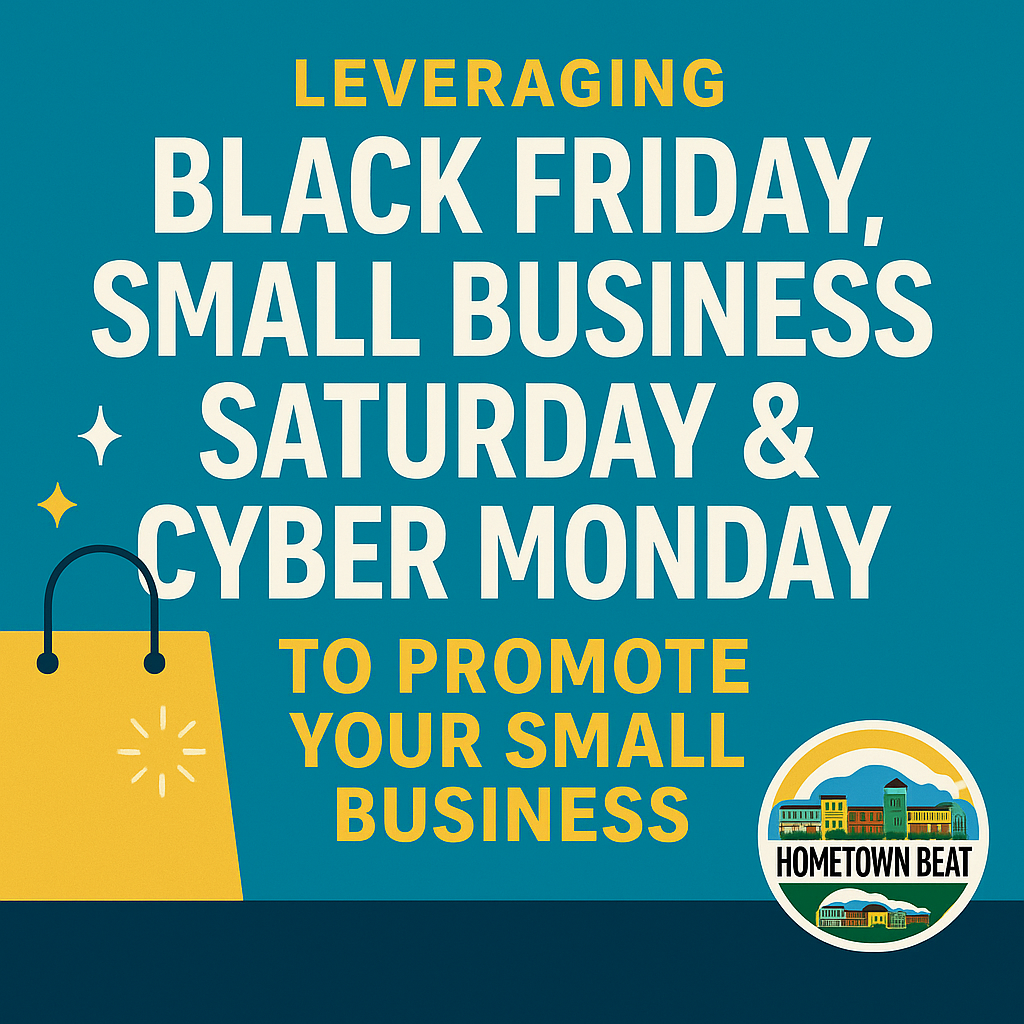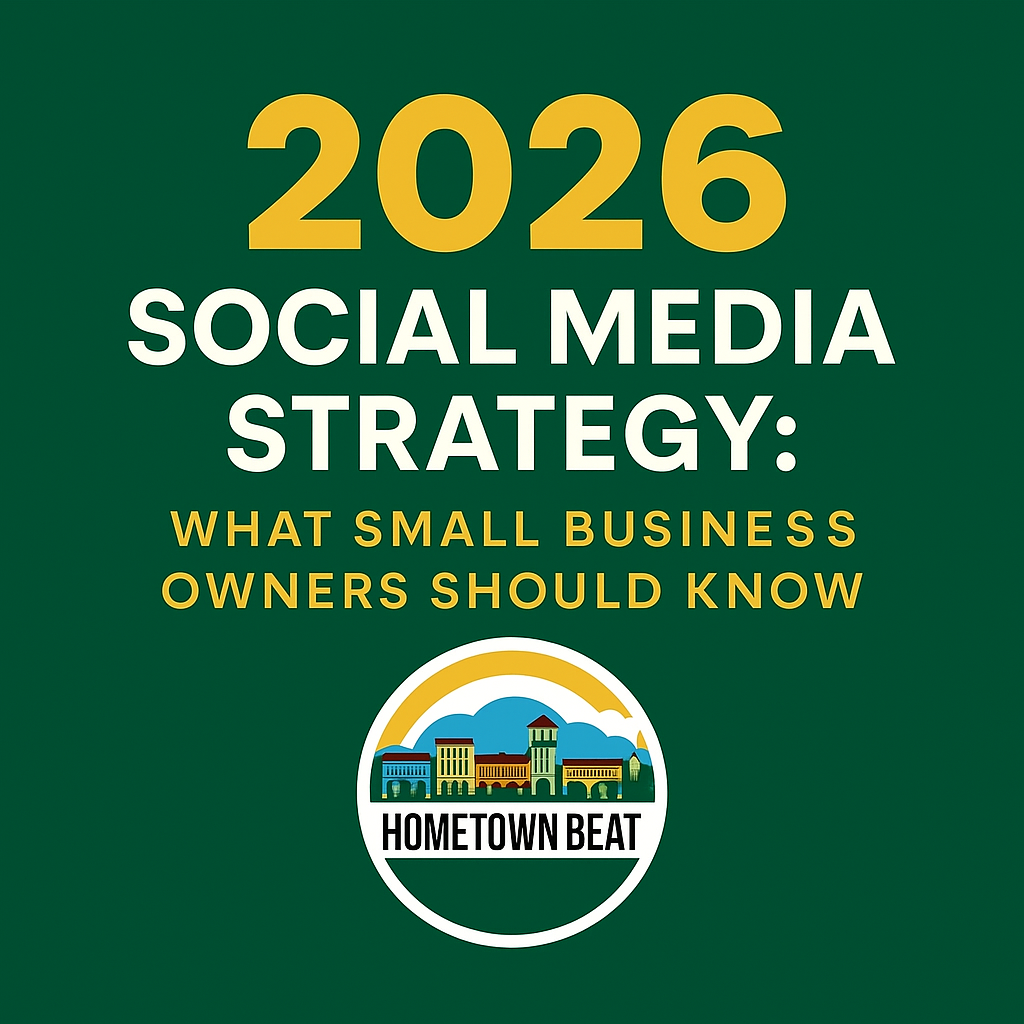How ChatGPT search ranks products and merchants


ChatGPT announced the addition of shopping features to search last week. But how exactly is ChatGPT search choosing products and ranking them? Here’s what you need to know from OpenAI’s documentation.
How product results are selected. When ChatGPT detects shopping intent in a query, it selects products based on a mix of the following:
- User intent and context
- Based on the user’s current query (e.g., “funny dog costumes”).
- May include saved memory (e.g., past dislikes, such as “clowns”).
- May factor in custom instructions (e.g., preferences like “I want affordable options”).
- Structured third-party data
. Product metadata such as:
- Price.
- Product description.
- Reviews.
- Model-generated reasoning
.
- ChatGPT generates a response before incorporating search data.
- It uses this to interpret what factors matter most (price, quality, ease of use, etc.).
- Relevance filtering
. Products are chosen based on how well they match perceived user needs. For example:
- If the user mentions a budget, price will be prioritized.
- If price isn’t mentioned, other traits may weigh more (e.g., popularity or design).
- OpenAI safety standards
- Products must meet internal safety guidelines.
- Inappropriate or unsafe items may be excluded.
Not all relevant products will be shown. ChatGPT “can occasionally make mistakes.” Users can correct or refine the results by giving more specific prompts. Also:
- “Products are selected by ChatGPT independently and are not ads.”
How results are displayed and ranked. Results appear in visual carousels inside the chat.
- Display format.
Each product includes:
- Image.
- Simplified title and description (generated by the model).
- Price (from the first listed merchant).
- Links to product pages.
- Labels and tags
. ChatGPT may add AI-generated labels, based on available data (e.g., reviews, pricing mentions), such as:
- Budget-friendly
- Most popular
- Note: Labels aren’t verified or guaranteed and may not reflect all available data.
- Review summaries and ratings
.
- Some products include model-generated review summaries, highlighting common likes/dislikes.
- Product listings may include star ratings and review counts from third-party sources.
- These ratings aren’t verified by OpenAI and may not match any single retailer’s site.
- Price presentation
.
- The initial price shown usually reflects the first merchant’s offer.
- It may not be the lowest or most up-to-date price.
- Clicking through can show more pricing options from other merchants.
- Limitations
.
- Some relevant products may be omitted.
- Info may lag behind current availability, pricing, or shipping terms.
How merchants are selected. Merchant data comes from third-party providers. OpenAI doesn’t accept direct feeds, so it is relying on merchant and product metadata supplied by external sources.
- Merchant order is determined by data providers.
- The order in which merchants are shown is based primarily on how they are ranked by the third-party source.
- ChatGPT doesn’t re-rank merchants based on factors such as:
- Price
- Shipping
- Return policies
Why we care. ChatGPT is moving beyond answering questions into influencing how shoppers discover products. It’s still early days, and the ChatGPT search shopping features have a long way to go. However, ChatGPT now has an emerging role in the buying decisions of millions of people.
OpenAI’s documentation. Improved Shopping Results from ChatGPT Search









